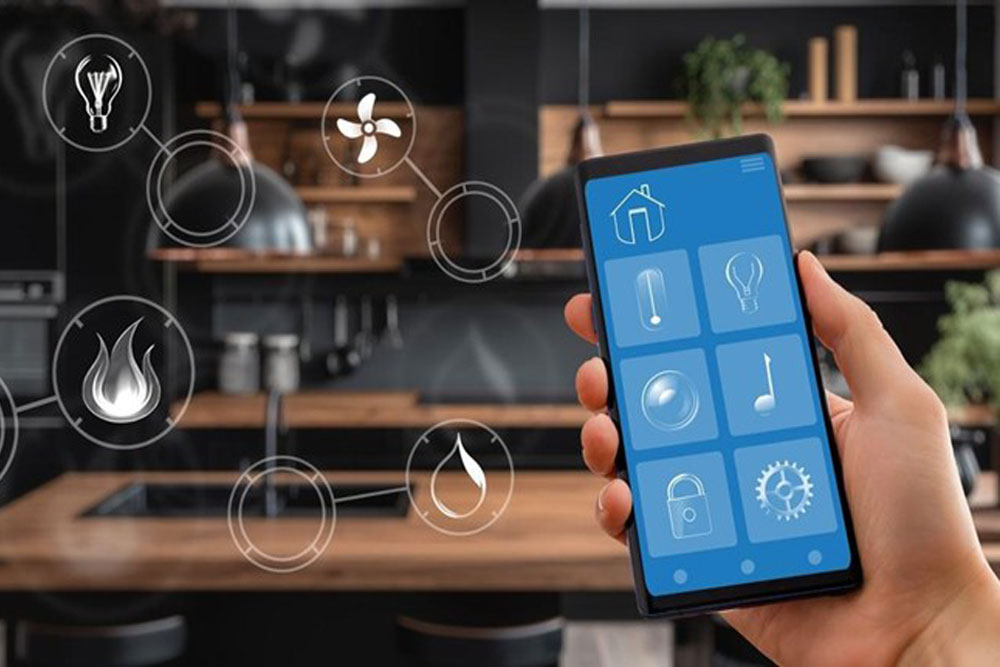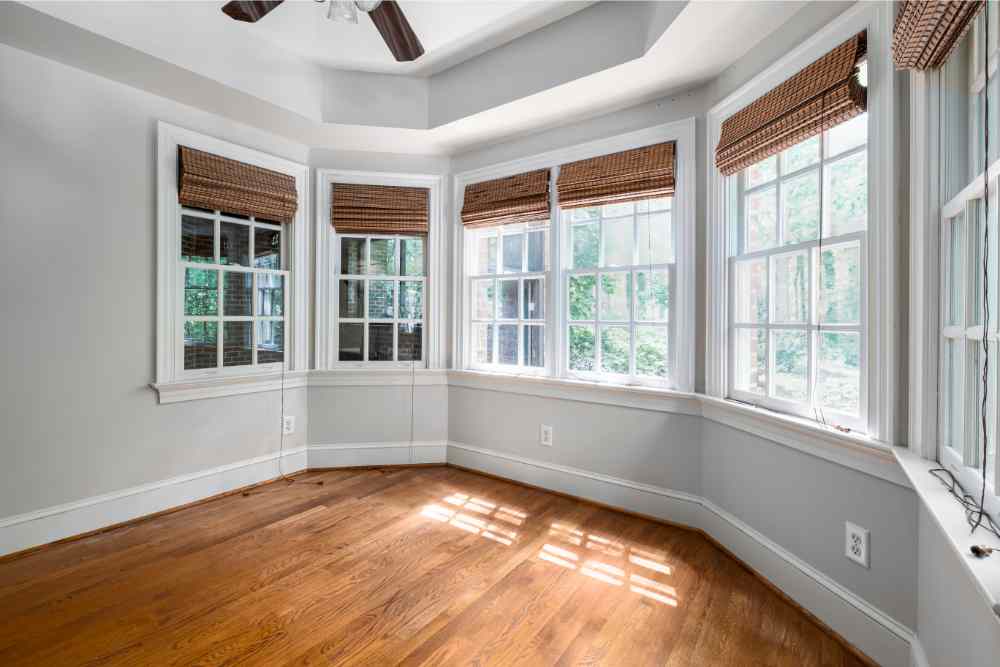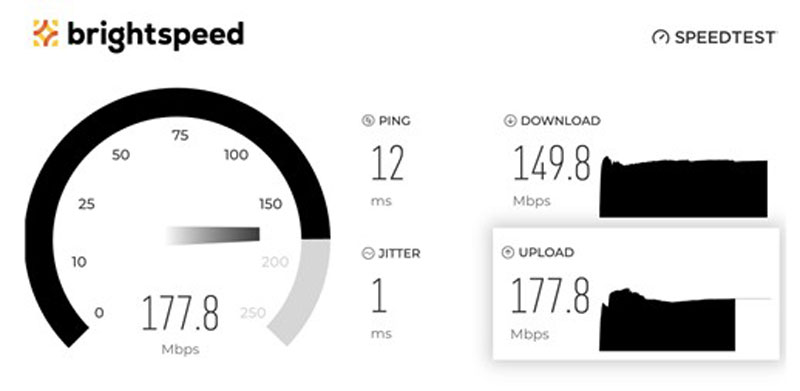
Sustainable living describes the growing movement toward living in a manner that minimizes environmental damage while supporting a better quality of life for everyone. The movement is essential in a world where over half of the world’s gross domestic product relies on natural resources and 2.2 billion people lack safe drinking water.
You can improve energy efficiency at home with smart technology. Smart home energy efficiency reduces your environmental impact, especially when coupled with fiber internet. Below are 11 ways to reduce energy consumption in homes, allowing you to live more sustainably.
Why Smart Homes Are Key to Energy Efficiency
Smarter Control, Lower Consumption
Smart homes automate lighting, HVAC systems, and appliance use. In doing so, a smart home reduces unnecessary energy use. Motion detectors, timers, and energy monitoring apps combine to create a more energy-efficient home.
Real-Time Data for Better Decisions
Smart devices track energy use in real time, providing a database that reveals how you use energy and providing insight into where and when to reduce energy use. Here’s how to take that data and improve your home’s energy efficiency:
10 Smart Home Tips to Improve Energy Efficiency in the Home
Tip 1 – Install a Smart Thermostat
According to ENERGY STAR, a smart thermostat saves a home approximately 8% of its heating and cooling costs. A smart thermostat lets you set heating and cooling schedules and adjust temperatures remotely. For instance, during the summer, you could schedule your HVAC to start cooling the home an hour before you return from work. You return to a cool home, and the system doesn’t consume energy cooling an empty house all day.
Tip 2 – Switch to Smart LED Lighting
LED lights last up to 25 times longer than incandescent bulbs and use up to 90% less energy. Those features alone improve smart home energy efficiency, but bright LED lights do even more. Smart lights come with remote app controls to turn them on and off remotely, set lighting schedules, and control light brightness. Many smart LEDs include motion detectors to optimize energy reduction. Philips, GE, and Cree all produce excellent LED lights.
Tip 3 – Use Smart Plugs and Power Strips
Televisions, washing machines, and dozens of other common household appliances consume small amounts of energy even when turned off. This “phantom energy” can represent up to 15% of an appliance’s total energy consumption.
Smart plugs and power strips from brands like Kasa allow you to monitor energy use and control when an appliance receives power. You can schedule when each outlet on a smart power strip provides power and for how long.
Tip 4 – Automate Window Treatments
Sunlight streaming through windows can increase demand on your HVAC system. Installing smart blinds or shades helps control your home’s temperature. You can set the blinds to open or close at specific times or operate them remotely.

Tip 5 – Install a Smart HVAC System
A smart HVAC system connects to your thermostat and other devices to increase comfort and energy efficiency. Smart HVAcs monitor local humidity, temperature, and weather fluctuations. You can even set your HVAC to individual preferences and the locations of household members. Smart HVACs monitor their performance and provide you with predictive maintenance alerts to ensure the system operates at peak efficiency.
Tip 6 – Incorporate Smart Water Heaters
Traditional water heaters maintain a regular temperature throughout the day. Smart water heaters improve on this by monitoring your daily usage and predicting when you need hot water. The water heater goes into standby mode during low-demand periods to consume less energy.
Tip 7 – Use Smart Appliances Wisely
Large smart appliances such as smart washing machines, dryers, fridges, and dishwashers include eco-mode settings that help control energy and water use. You can set these and other modes remotely using the appliance app.
Tip 8 – Monitor Your Energy Usage
Consider adding a home energy monitor like Sense to your smart home ecosystem to track and adjust energy use.
Tip 9 – Integrate Solar Panels with Smart Tech
Solar panels can power individual appliances, such as water heaters, or supply energy to battery systems for later use. The right panels, batteries, and smart inverters reduce your demands on the energy grid, significantly lowering your energy bill.
Tip 10 – Set Up Scenes and Routines
While you can operate smart devices remotely, it’s much more efficient to set up automated routines or “scenes.” You can create routines for different times of day or when you’re away. For instance, you can set your HVAC and water heater to eco or standby modes while you’re on vacation, but schedule lights to turn on at night so potential burglars think the home is occupied.

Don’t Skimp on Your Internet Connection
Spare a thought for your internet connection as you work toward smart home energy efficiency. Smart devices connect, send alerts, and are controlled through your online connection. While one or two smart devices won’t impact your bandwidth much, multiple devices require reliable high-speed internet. Consider running an internet speed test periodically to ensure your smart home devices aren’t slowing your connection.
Final Thoughts on Smart Home Energy Efficiency
Don’t think you need to do everything at once: start small with one or two devices, such as a smart thermostat and LED lights. From there, build on your smart home over time. Smart home devices can significantly improve energy efficiency in the home. Being able to track and monitor energy use helps you reduce waste, lower your utility bills, and live a more sustainable life.




